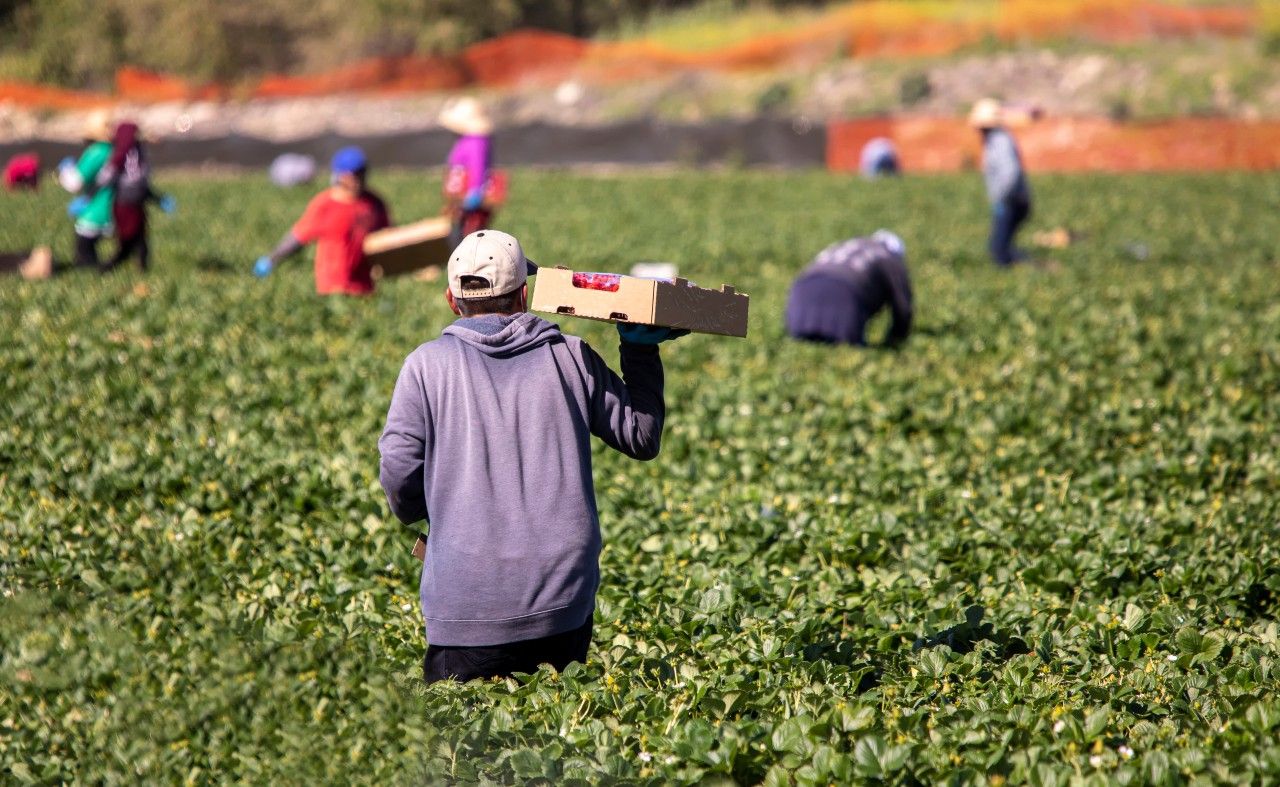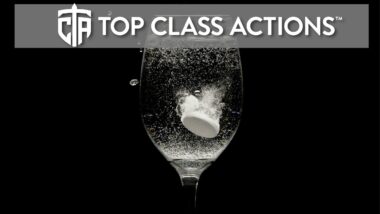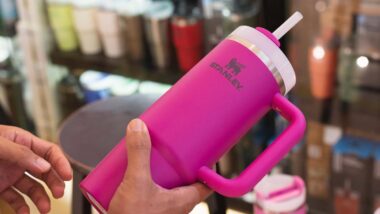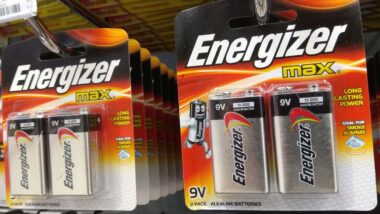Top Class Actions’s website and social media posts use affiliate links. If you make a purchase using such links, we may receive a commission, but it will not result in any additional charges to you. Please review our Affiliate Link Disclosure for more information.

The West Virginia high court was the third court that would not take up the question of how to properly allocate the Monsanto class action settlement money, as there are different levels of Agent Orange exposure and different injuries, which could potentially only compensate about 5,000 of the 80,000 Class Members, leaving 75,000 uncompensated for medical monitoring and only 40 percent qualifying for compensation due to damage to their property.
The five petitioners argued that the way the class action settlement is structured created de facto subclasses, but the West Virginia high court held that just because some were left out of the compensation didn’t mean there were now subclasses.
“Class membership entitles just that — membership — but not necessarily benefits,” the West Virginia Supreme Court said.
However, those in disagreement explained in their petition to the U.S. Supreme Court that West Virginia’s high court erred because it violated what the nation’s high court had ruled in its decision regarding Anchem Products Inc. v. Windsor in 1997, that subgroups with differing interests could not be obligated to be held to a class action settlement they disagreed with under the same attorneys.
“The West Virginia Supreme Court failed to recognize that two subclasses were created when the settlement was negotiated that give certain class members benefits while denying any benefits to other class members and that there was a conflict between the representation of these two subclasses,” the plaintiffs wrote.
The Monsanto Agent Orange settlement was reached in February 2012. It included $21 million to cover medical testing to those who worked and or lived in Nitro, West Virginia, where the plant was, which are the Community Class Members. It also funded up to $63 million to be used over 30 years for medical monitoring.
In addition, $9 million was set aside for having about 4,500 eligible homes out of 12,000 professionally cleaned that are within a five-mile radius of the plant. $29.5 million in attorney fees were also to be covered by Monsanto.
The lower courts believed the Monsanto class action settlement was fair because the criteria was the same for all of the members.
The petitioners came to believe that there were de facto subclasses when the medical and property classes were formed and it was clear that there were members of both that would be receiving no benefits.
The petitioners are represented by Thomas F. Urban II of the Law Firm of Urban & Falk PLLC.
The Monsanto Agent Orange Class Action Lawsuit is Virdie Allen, et al. v. Monsanto Co., et al., Case No. 13-887, in the U.S. Supreme Court.
ATTORNEY ADVERTISING
Top Class Actions is a Proud Member of the American Bar Association
LEGAL INFORMATION IS NOT LEGAL ADVICE
Top Class Actions Legal Statement
©2008 – 2024 Top Class Actions® LLC
Various Trademarks held by their respective owners
This website is not intended for viewing or usage by European Union citizens.














